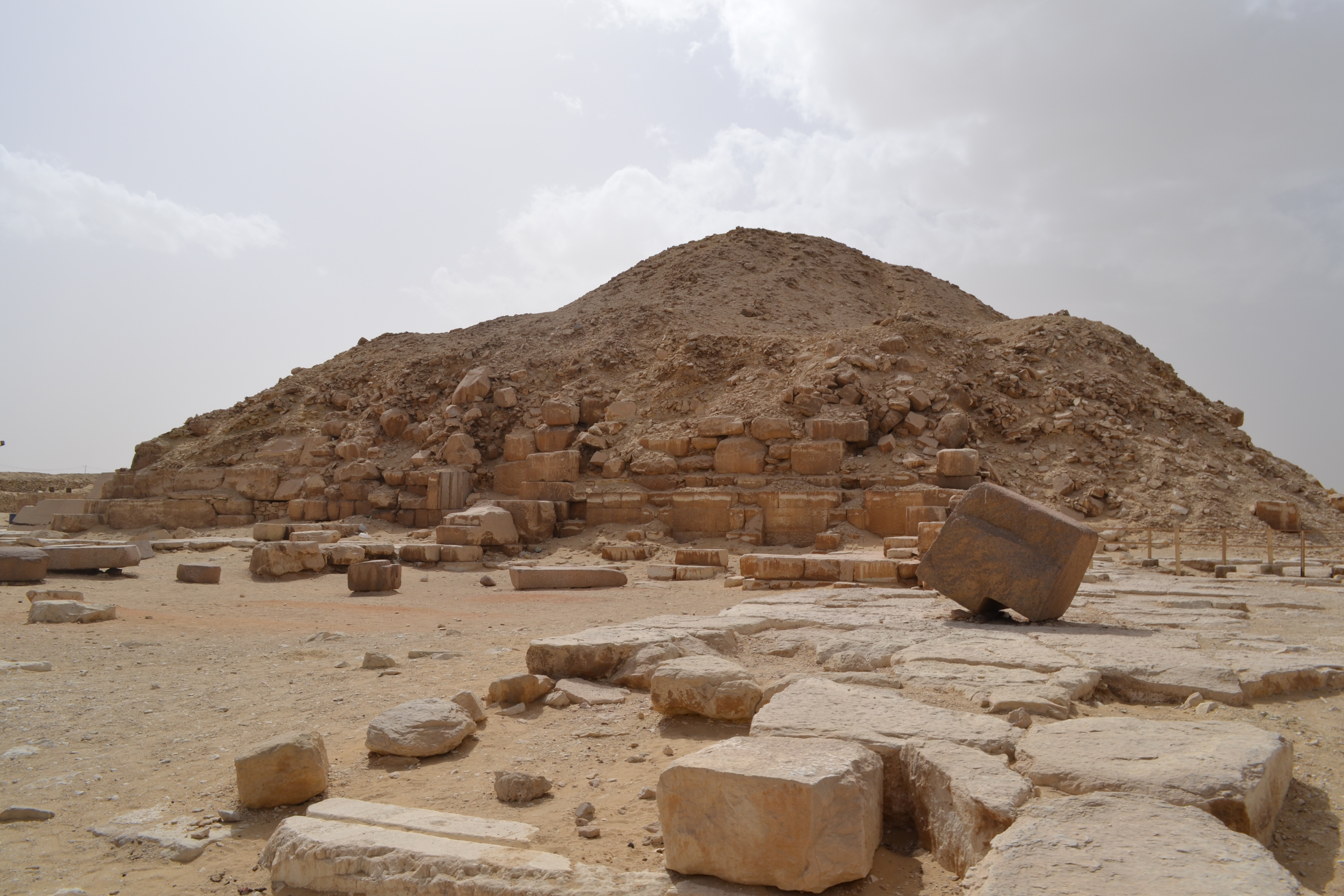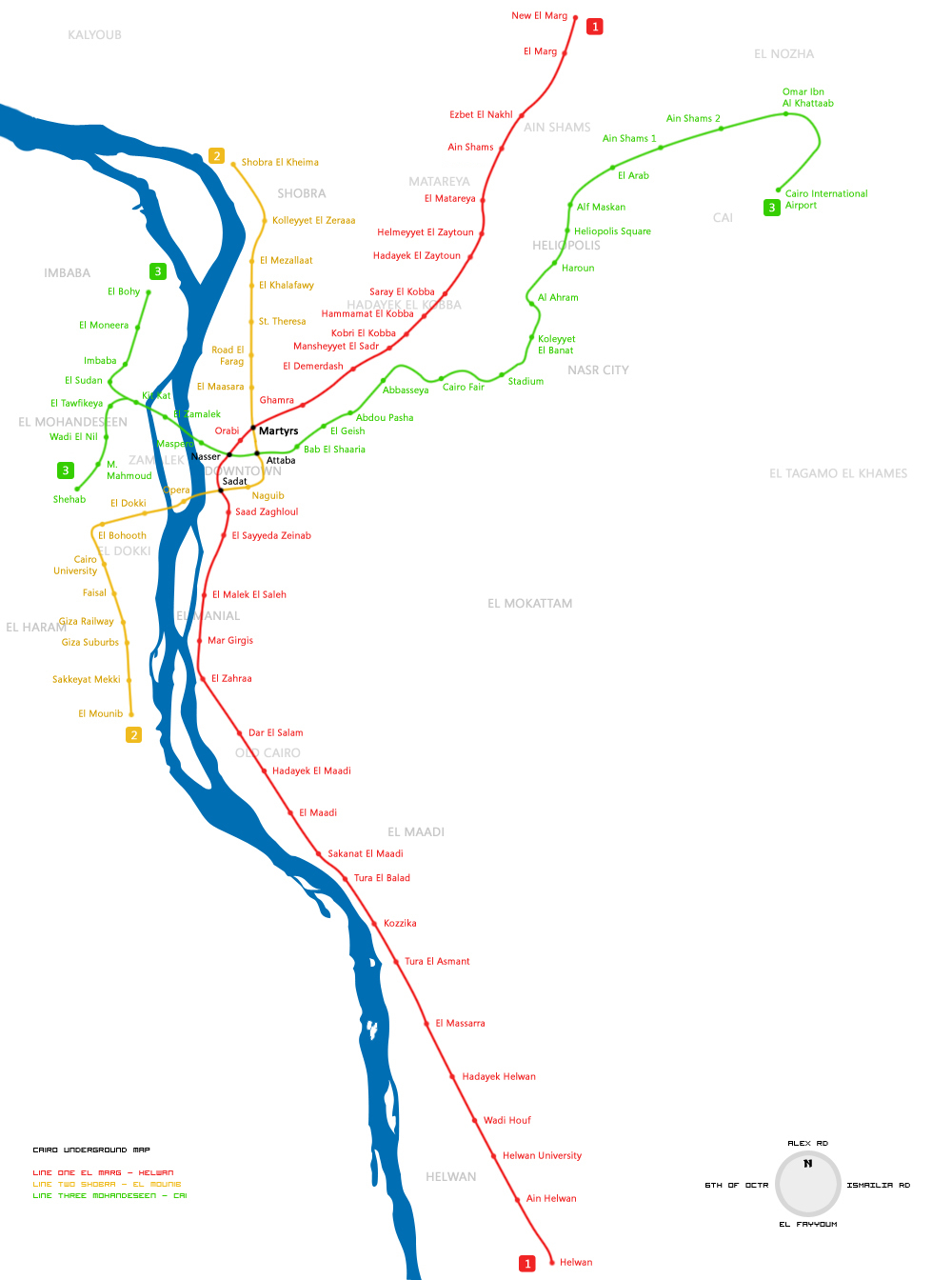|
Dokki
Dokki ( , is one of nine districts that make up Giza city, which is part of Greater Cairo, in Egypt. Dokki is situated on the western bank of the Nile, directly across from Downtown Cairo. It is a vital residential and commercial district with major roads connecting the two parts of Greater Cairo. History Dokki used to be a village on a mostly royal and state-owned agricultural estate held under ''waqf'' (endowment) until the early 20th Century along with ''Joseph Hekekyan, 'izbas'' (hamlets) such as Awlad 'Allam, Bein al-Sarayat and Dayr al-Nahya, surrounding the palace of princess Fatima, granddaughter of Isma'il Pasha, Khedieve Ismail. A renewed and expanded bridge and a real estate boom saw the land on Cairo's western bank being sold to property developers and subdivided into new suburban villa neighbourhoods. One of these companies was Société Anonyme Immobiliere des Terrains de Giza & Rodah which acquired the land around what is today Midan Finney, and after initial ... [...More Info...] [...Related Items...] OR: [Wikipedia] [Google] [Baidu] |
Mohandiseen
Mohandiseen (, ) is a major 1940s sub-division project originally named Madinat al-Awqaf, and made up most of the Wasat (middle) district in the city of Giza, before being divided in 1997 into the districts of Agouza (covers most of the district) and Dokki (Covers half of the district). Al-Mohandessin in Arabic literally means ''the engineers'', after one of the sub-districts that was sold to the Engineers' Syndicate cooperative, and becoming the colloquial name for most of the Agouza side. History Mohandessin used to be a mostly royal and state-owned agricultural estate held under ''waqf'' (endowment) until the early 20th Century with villages, such as Mit Okba, and '' 'izbas'' (hamlets) such as al-Hutiyya, and 'Awlad Allam. From the 1930s the Ministry of Awqaf, that owned the land, had piloted plans to turn the estates into a new suburban district of Cairo as Dokki to its south flourished. In 1948, its chief architect Mahmoud Riad set out the final plan of Madinat al-Awqaf, ... [...More Info...] [...Related Items...] OR: [Wikipedia] [Google] [Baidu] |
Giza
Giza (; sometimes spelled ''Gizah, Gizeh, Geeza, Jiza''; , , ' ) is the third-largest city in Egypt by area after Cairo and Alexandria; and fourth-largest city in Africa by population after Kinshasa, Lagos, and Cairo. It is the capital of Giza Governorate with a total population of 4,872,448 in the 2017 census. It is located on the west bank of the Nile opposite central Cairo, and is a part of the Greater Cairo metropolis. Giza lies less than north of Memphis (''Men-nefer,'' today the village of Mit Rahina), which was the capital city of the unified Egyptian state during the reign of pharaoh Narmer, roughly 3100 BC. Giza is most famous as the location of the Giza Plateau, the site of some of the most impressive ancient monuments in the world, including a complex of ancient Egyptian royal mortuary and sacred structures, among which are the Great Sphinx, the Great Pyramid of Giza, and a number of other large pyramids and temples. Giza has always been a focal point in E ... [...More Info...] [...Related Items...] OR: [Wikipedia] [Google] [Baidu] |
Deutsche Evangelische Oberschule
''Deutsche Evangelische Oberschule'' (DEO; ) (''German Evangelical High School'') is a German school in Dokki, Giza, Egypt, in the Cairo metropolitan area. ." ''Deutsche Evangelische Oberschule''. Retrieved on 18 January 2015. "6, El Dokki St. Dokki / Giza" It is operated by the German Protestant community of Cairo. History The initiative for a school was established by the Protestant Congregational church, congregation of Cairo. The school was built along with a rectory in the spring of 1873 on land given to the Prussian Consul (representative), consul von Theremin by the Khedive Ismail. The language of instruction was French language, French with 15 students attending. On 2 February 1878, there was a dispute about the school's ownership between the church and the school, which resulted in the school's becoming community owned and ad ...[...More Info...] [...Related Items...] OR: [Wikipedia] [Google] [Baidu] |
Deutsche Evangelische Oberschule Kairo
''Deutsche Evangelische Oberschule'' (DEO; ) (''German Evangelical High School'') is a German school in Dokki, Giza, Egypt, in the Cairo metropolitan area. ." ''Deutsche Evangelische Oberschule''. Retrieved on 18 January 2015. "6, El Dokki St. Dokki / Giza" It is operated by the German Protestant community of Cairo. History The initiative for a school was established by the Protestant of Cairo. The school was built along with a in the spring of 1873 on land given to ...[...More Info...] [...Related Items...] OR: [Wikipedia] [Google] [Baidu] |
Agouza
Agouza () is one of nine municipal districts that form Giza city, which is part of the Greater Cairo metropolis, on the western bank of the river Nile. It is situated between 6th October Bridge and 15 May Bridge and south of Imbaba. Most of it is colloquially known as Mohandessin, a 1950s planned community originally called Madinat al-Awqaf, sub-divided in to a number of profession-based housing cooperatives, one of which was for engineers (''mohandissin''). The Egyptian National Circus and the adjoining Balloon Theater are on the Agouza Corniche. The British Council main centre in Egypt is also on the Corniche. History Agouza used to be a mostly royal and state-owned agricultural estate held under ''waqf'' (endowment) until the early 20th Century with villages, such as Mit Okba, and '' 'izbas'' (hamlets) such as al-Hutiyya. From the 1930s the Ministry of Awqaf piloted plans to turn the estates into a new suburban district of Cairo as Dokki to its south flourished. In 1 ... [...More Info...] [...Related Items...] OR: [Wikipedia] [Google] [Baidu] |
Giza Governorate
Giza ( ') is one of the Subdivisions of Egypt#Governorates, governorates of Egypt. It is in the center of the country, situated mostly on the west bank of the Nile River opposite Cairo. Its capital is the city of Giza. It includes a stretch of the left bank of the Nile Valley around Giza, as well as a relatively small portion of the east bank (such as Ghammāzah al Kubrá and El-Saf). Giza acquired a large stretch of Egypt's Western Desert (Egypt), Western Desert, including Bahariya Oasis when the 6th of October Governorate was merged into it on 14 April 2011. The Giza Governorate is also home to the Great Sphinx and the Pyramids of Giza. Overview The rate of poverty is more than 60% in this governorate but recently some social safety networks have been provided in the form of financial assistance and job opportunities. The funding has been coordinated by the Ministry of Finance (Egypt), country's Ministry of Finance and with assistance from international organizations. Munic ... [...More Info...] [...Related Items...] OR: [Wikipedia] [Google] [Baidu] |
Cairo Metro Line 3
Cairo Metro Line 3 is a main east-west line of the Cairo Metro rapid transit system in Greater Cairo, Egypt. It has a length of with 34 stations (21 underground, 2 at grade, 11 elevated), all built and operated in seven phases between 2007 and 2024. As of 2024, the line is operational between Rod El Farag Corridor in Imbaba and Cairo University in El-Mohandessin and Dokki on the west bank of the Nile, and the Adly Mansour terminus on the north eastern outskirts of Cairo. The line crosses the River Nile twice at the western branch between Kit Kat and Zamalek and the eastern branch between Zamalek and downtown Cairo. The line used trains manufactured in Japan by Kinki Sharyo and Toshiba in its early phases, switching to rolling stock built by Korean-Egyptian joint venture Hyundai Rotem and NERIC in the later phases. Line 3 is the only metro line in Cairo managed by a private operator-maintainer, namely RATP Dev within the framework of a 15-year contract signed in 2020 and in ex ... [...More Info...] [...Related Items...] OR: [Wikipedia] [Google] [Baidu] |
Idris Of Libya
Idris (, Muhammad Idris bin Muhammad al-Mahdi as-Senussi; 13 March 1890 – 25 May 1983) was King of Libya from 24 December 1951 until his ousting in the 1 September 1969 coup d'état. He ruled over the United Kingdom of Libya from 1951 to 1963, after which the country became known as simply the Kingdom of Libya. Idris had served as Emir of Cyrenaica and Tripolitania from the 1920s until 1951. He was the chief of the Muslim Senussi Order. Idris was born into the Senussi Order. When his cousin Ahmed Sharif as-Senussi abdicated as leader of the Order, Idris took his position. The Senussi campaign was taking place, with the British and Italians fighting the Order. Idris put an end to the hostilities and, through the Modus vivendi of Acroma, abandoned Ottoman protection. Between 1919 and 1920, Italy recognized Senussi control over most of Cyrenaica in exchange for the recognition of Italian sovereignty by Idris. Idris then led his Order in an unsuccessful attempt to conquer ... [...More Info...] [...Related Items...] OR: [Wikipedia] [Google] [Baidu] |
Governorates Of Egypt
Egypt is administratively organized under a dual system that may consist of either two or three tiers, with further subdivisions occasionally resulting in an additional layer. It follows a centralized system of local government, officially termed local administration, as it functions as a part of the executive branch of the government. Overview Egyptian law delineates the units of local governance as governorates, centers, cities, districts, and villages, each possessing legal personality. The legal framework establishes a dual system of local administration that alternates between a two-tier and a three-tier structure, depending on the characteristics of the governorate. At the top of the hierarchy are 27 governorates (singular: ', plural: '). Each governorate has a capital, typically its largest city, and is headed by a governor, appointed by the President of Egypt, serving at the president’s discretion. Governors hold the civilian rank of minister and report directl ... [...More Info...] [...Related Items...] OR: [Wikipedia] [Google] [Baidu] |
Ministry Of Awqaf (Egypt)
The Ministry of Awqaf of Egypt () is one of ministries in the Politics of Egypt, Egyptian government and is in charge of religious endowments. Religious endowments, awqaf, are similar to common law trusts where the trustee is the mosque or individual in charge of the waqf and the beneficiary is usually the community as a whole. Examples of waqfs are of a plot of land, a market, a hospital, or any other building that would aid the community. History Before the nationalization of awqaf Before the nationalization of the awqaf, the mosques helped in lending the poorer citizens a voice. For example, Al-Azhar mosque would aid the community through the endowments and remained economically separate via the revenue they earned from the awqaf. This enabled the mosque to maintain a state of independence from the dictates of the government and rulers. Mosques could use the endowments to help the community as needed. Also, because mosques were economically independent, imams could preach wha ... [...More Info...] [...Related Items...] OR: [Wikipedia] [Google] [Baidu] |





